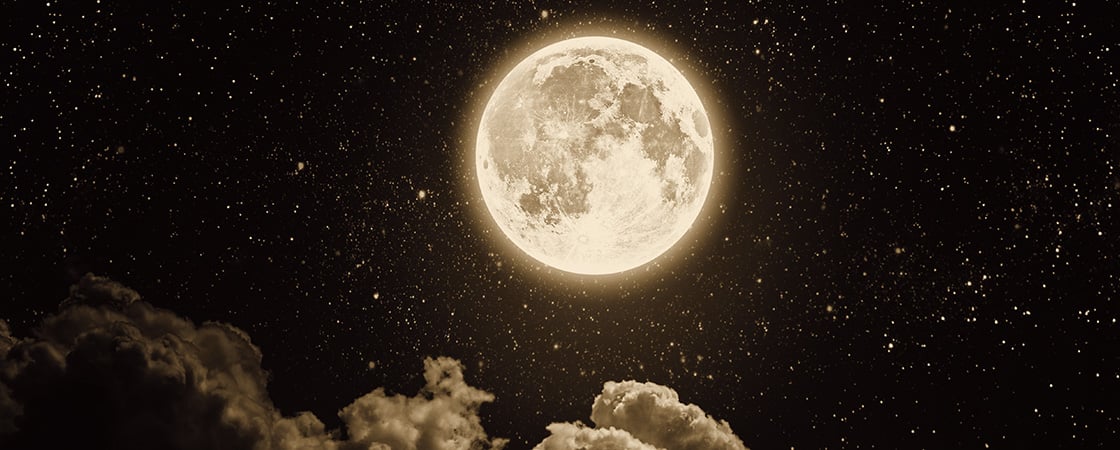The moon is a giant space rock that travels around Earth. It’s the biggest and brightest object in the night sky.
Look in the Resources tab to find an engaging and informative video about the moon, “What You Need to Know About the Moon,” a fun at-home activity for tracking the phases of the moon, and skill sheets for making your own infographic!

